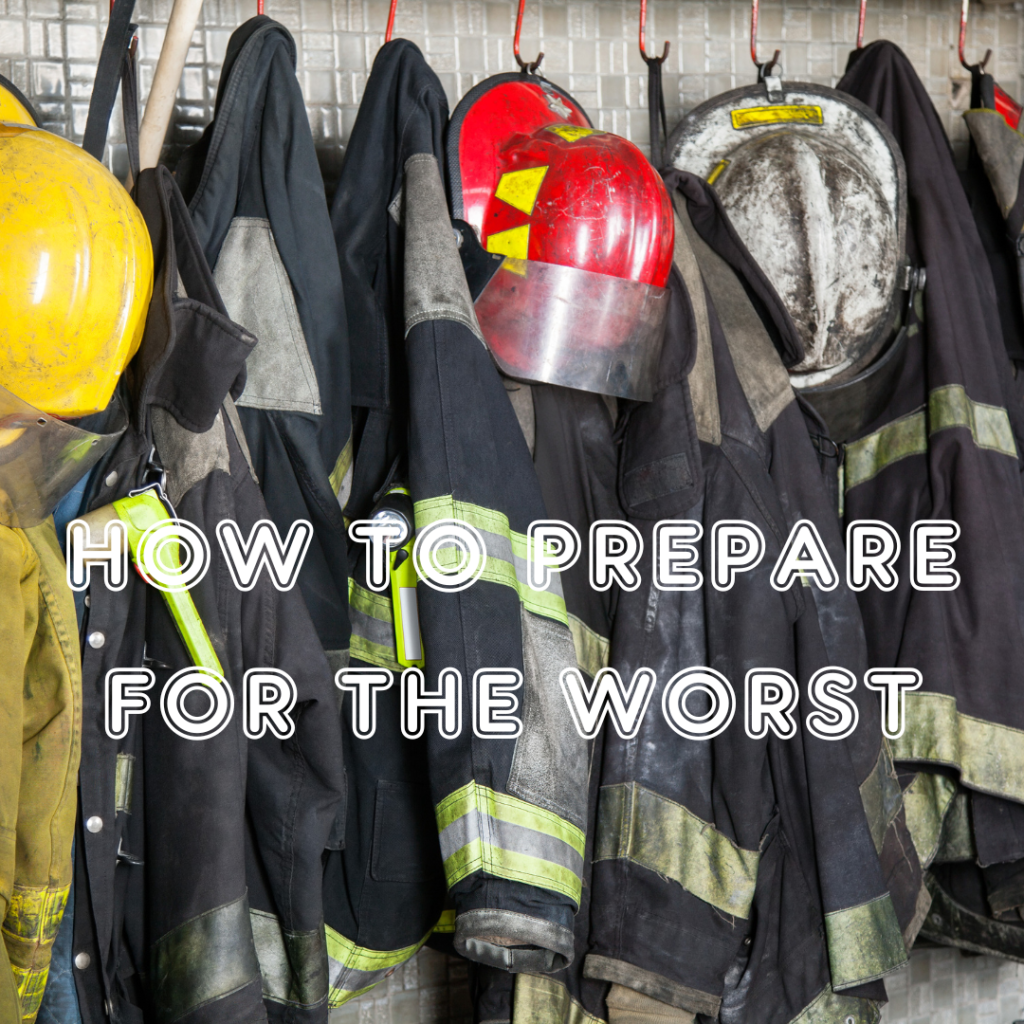
Let’s discuss how to conduct a fire brigade drill in a nuclear power plant to meet Nuclear Electric Insurance Limited standards.
To conduct a fire brigade drill in a nuclear power plant to meet Nuclear Electric Insurance Limited (NEIL) standards, several key elements should be considered. NEIL is a leading insurer for the nuclear industry and provides guidelines to ensure the highest safety standards. Here’s an overview of the process:
- Pre-Drill Preparation: a. Establish Objectives: Define specific objectives for the fire brigade drill, such as testing response times, evaluating coordination among team members, or assessing the effectiveness of emergency procedures. b. Plan and Notify: Develop a detailed drill plan that outlines the scenario, expected actions, and timeline. Notify all relevant personnel in advance, including fire brigade members, plant management, and other stakeholders.
- Scenario Development: a. Realistic Scenario: Develop a realistic fire scenario that aligns with potential risks and challenges specific to the nuclear power plant. Consider factors such as location, magnitude, and potential spread of the fire. b. Safety Considerations: Ensure that the scenario does not pose any actual risks to personnel, equipment, or the environment. Design the drill to simulate a fire emergency without compromising safety.
- Mobilization and Response: a. Activation: Initiate the drill by simulating the alarm or emergency notification system. This should trigger the mobilization of the fire brigade, as well as the activation of relevant emergency systems and procedures. b. Coordination: Assess the fire brigade’s response to the simulated emergency, including their ability to coordinate and communicate effectively. Evaluate their adherence to established procedures and protocols. c. Equipment and Resources: Evaluate the fire brigade’s ability to quickly and accurately deploy fire suppression equipment, use specialized tools, and access necessary resources.
- Emergency Procedures: a. Evaluate Procedures: Assess the fire brigade’s implementation of established emergency procedures, such as fire suppression, evacuation, and communication protocols. Determine their familiarity with emergency manuals and their ability to apply correct procedures in a timely manner. b. Decision-Making: Observe the fire brigade’s decision-making process, including incident assessment, prioritization of actions, and resource allocation. Evaluate their ability to make informed decisions under simulated high-stress conditions.
- Post-Drill Evaluation: a. Debriefing: Conduct a thorough debriefing session with the fire brigade members and key stakeholders. Discuss observations, identify strengths, and highlight areas for improvement. b. Documentation: Prepare a comprehensive report that includes the drill objectives, scenario details, observations, and recommendations for enhancements. This documentation will help drive continuous improvement efforts.
It’s crucial to remember that NEIL’s specific standards and requirements may vary, and it’s important to consult their guidelines directly to ensure full compliance. Additionally, regular drills, ongoing training, and continuous improvement efforts should be incorporated to maintain readiness and enhance the fire brigade’s capabilities in responding to fire emergencies at the nuclear power plant.